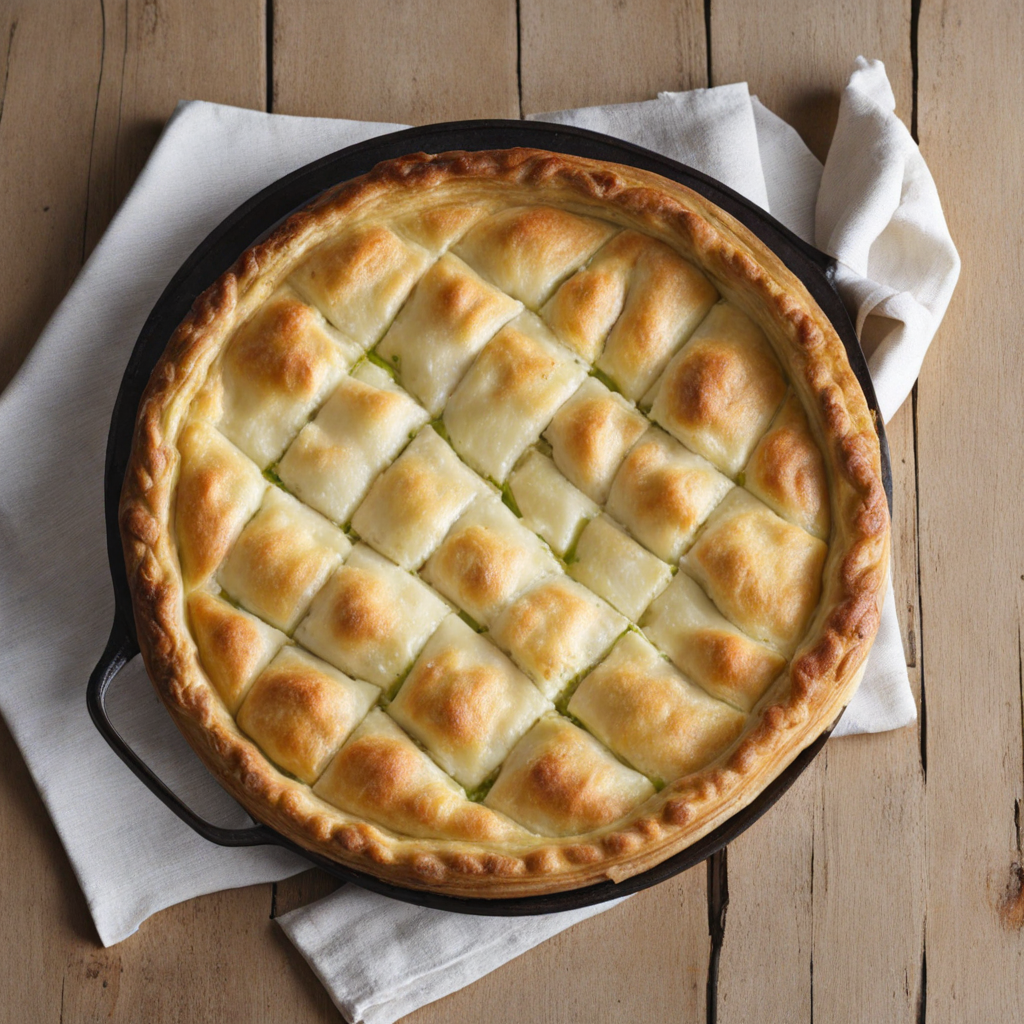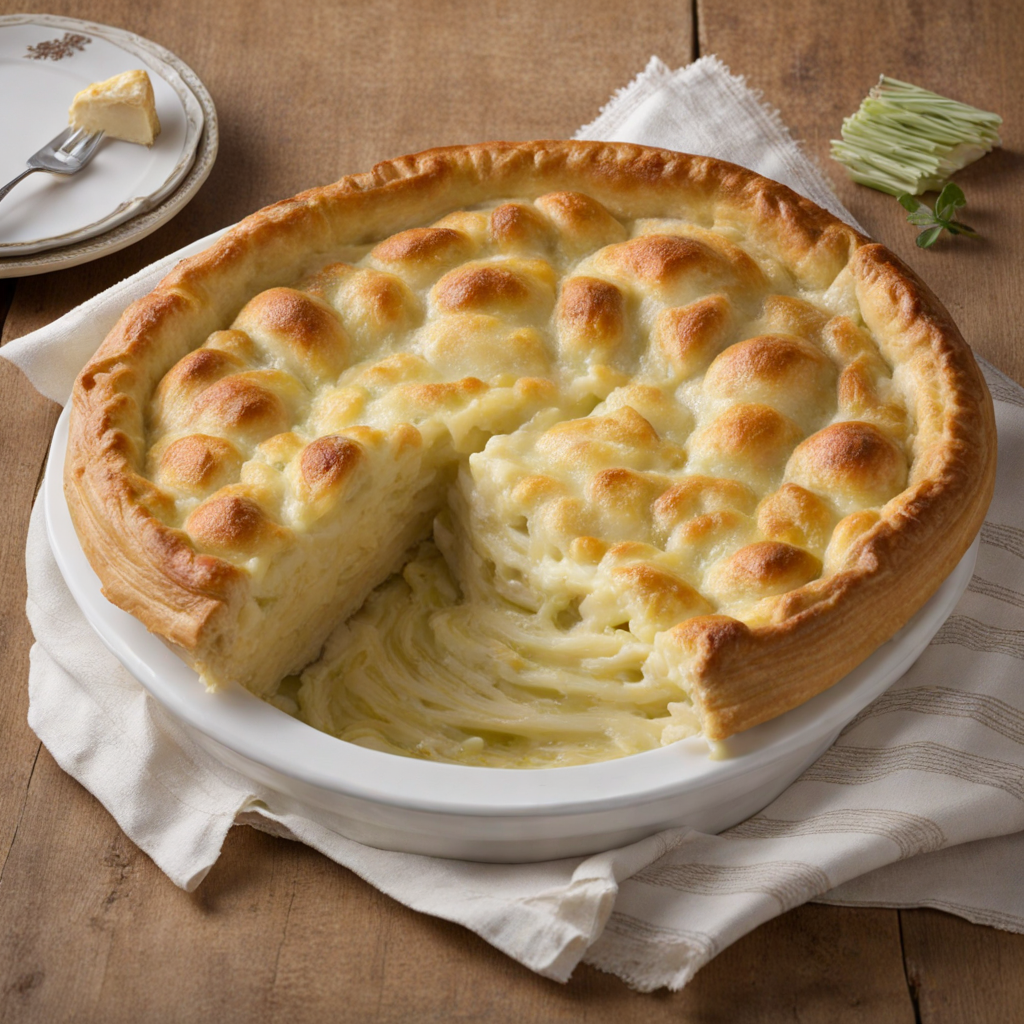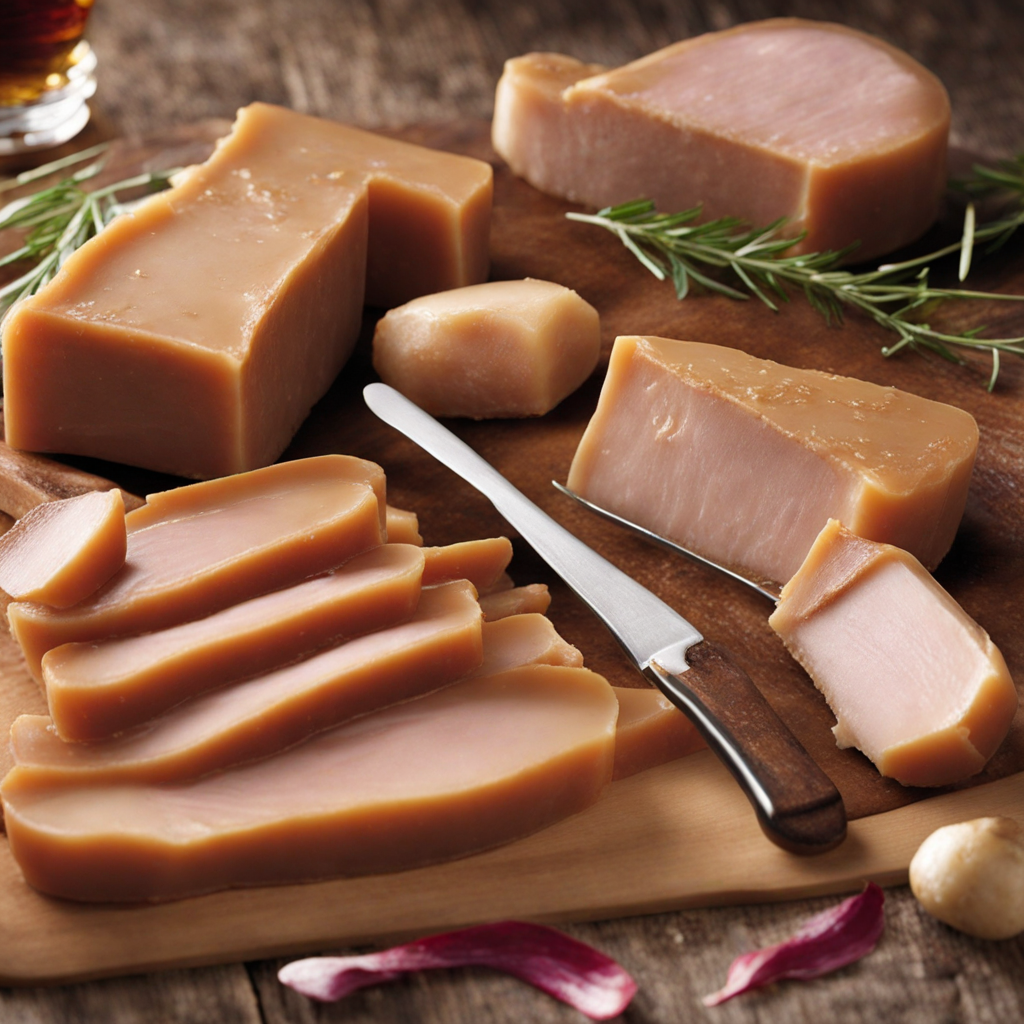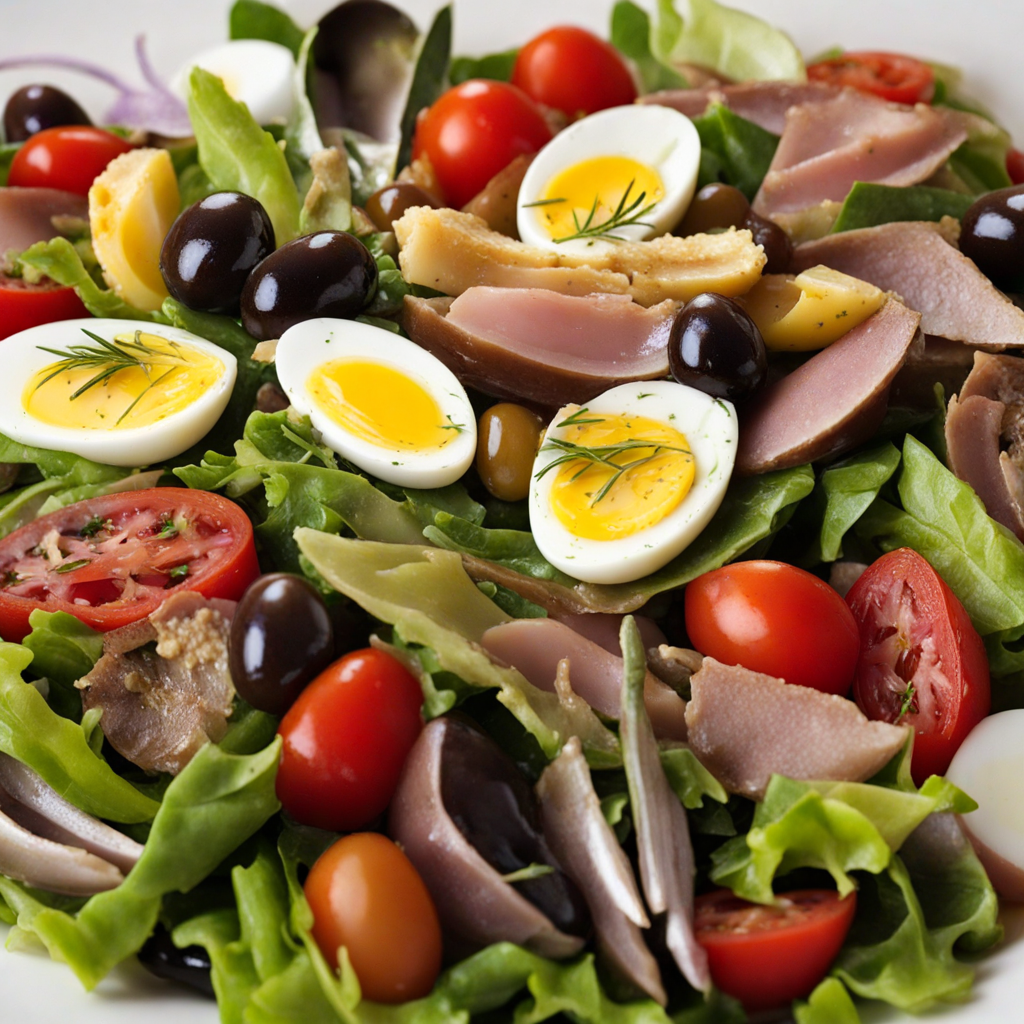Flamiche
Flamiche is a delightful savory pie that hails from the northern regions of France, particularly the Picardy area. This dish typically features a buttery, flaky pastry crust that envelops a rich filling, often made from a combination of fresh cream, eggs, and cheese. While the classic version showcases the incredible flavor of leeks, variations may include other vegetables or even meats, making it a versatile dish that caters to a range of palates. The texture of the filling is creamy, providing a beautiful contrast to the crispness of the pastry, creating a satisfying bite with every forkful. One of the defining characteristics of Flamiche is its simplicity, allowing the natural flavors of the ingredients to shine through. The leeks, sautéed until tender and sweet, form the backbone of the filling, bringing an earthy depth that pairs perfectly with the richness of the cream and cheese. This combination is not just comforting but also evokes a sense of rustic charm, reminiscent of traditional French home cooking. It’s often enjoyed warm, making it an ideal dish for cozy gatherings or family meals. Flamiche can be served as a main dish or as a hearty appetizer, often accompanied by a fresh salad to balance the richness of the pie. Its appeal lies in its adaptability; one can experiment with different cheeses, herbs, or spices to create a personalized twist on this classic dish. Whether enjoyed at a quaint café in France or prepared at home, Flamiche promises a delightful culinary experience that introduces a taste of French tradition in every bite.
How It Became This Dish
The History of Flamiche: A Culinary Journey Through France Flamiche, a delightful dish from the northern regions of France, particularly Picardy and Nord-Pas-de-Calais, is a savory pie that embodies the essence of French rustic cooking. Traditionally made with a flaky pastry crust filled with a mixture of leeks, cream, eggs, and sometimes cheese, flamiche has evolved over the centuries to reflect the agricultural bounty and culinary traditions of its region. #### Origins of Flamiche The roots of flamiche can be traced back to the medieval period, although its precise origins remain somewhat murky. The word "flamiche" is believed to derive from the Picard dialect, where "flamiche" means "to bake." This etymological link highlights the dish's connection to baking and the use of local ingredients. Historically, the northern regions of France, particularly Picardy, have been known for their rich agricultural land, which produces an abundance of vegetables, grains, and dairy products. Leeks, a staple vegetable in the region, became a primary ingredient in flamiche due to their availability and flavor. The dish likely emerged as a way for farmers to utilize leftover ingredients, creating a nourishing meal that could be easily transported and shared among family and friends. #### Cultural Significance Flamiche is more than just a dish; it is a representation of the communal spirit and culinary heritage of northern France. Traditionally, flamiche was prepared for local festivals and gatherings, symbolizing hospitality and the importance of sharing food. In rural communities, families would come together to make large batches, allowing them to enjoy the fruits of their labor and foster a sense of togetherness. The dish holds a special place in the hearts of those from the Picardy region, where it is often served at celebrations, family gatherings, and even as a comfort food for everyday meals. Flamiche is emblematic of the region's culture, showcasing the simplicity and heartiness of peasant cooking that is both satisfying and flavorful. #### Development Over Time As time progressed, flamiche began to evolve, adapting to changes in culinary trends and tastes. The basic recipe remained largely unchanged, but variations began to emerge. In its most traditional form, flamiche consists of a shortcrust pastry base filled with a mixture of sautéed leeks, eggs, cream, and sometimes cheese. The leeks are often lightly cooked to soften their flavor, creating a rich, creamy filling that is both comforting and delicious. In the late 19th and early 20th centuries, as French cuisine began to gain international acclaim, flamiche found its way into the culinary repertoire of restaurants and bistros. Chefs began to experiment with the filling, incorporating other vegetables, meats, or herbs to create new interpretations of the dish. While the classic leek flamiche remains a favorite, variations such as flamiche with spinach, cheese, or even smoked salmon have become popular in modern cuisine. The rise of gastronomy and culinary schools in France during the 20th century also played a role in elevating flamiche from a humble peasant dish to a respected entrée on restaurant menus. Chefs sought to refine the presentation and flavor profiles, focusing on high-quality ingredients and artistic plating. This transformation allowed flamiche to gain recognition beyond its regional roots, appealing to a broader audience and inviting culinary enthusiasts to explore its versatility. #### Flamiche in Contemporary Cuisine In contemporary French cuisine, flamiche has made a noteworthy comeback. With the increasing interest in regional specialties and traditional cooking techniques, many chefs are revisiting classic recipes and incorporating them into modern menus. The focus on local, seasonal ingredients has breathed new life into flamiche, encouraging chefs to experiment with variations that highlight the flavors of their surroundings. Restaurants in Picardy and beyond proudly feature flamiche, often served as a starter or light main course. Its adaptability allows it to be enjoyed in various forms, from individual tartlets to larger family-style pies. Moreover, flamiche has gained popularity in bistros and cafés, where it is a staple on lunch menus, often paired with a simple green salad or a glass of local wine. In addition to its presence in restaurants, flamiche has become a popular dish for home cooks. The simplicity of the recipe and the ability to customize the filling makes it an attractive option for weeknight meals or entertaining guests. Social media platforms have also played a role in the resurgence of flamiche, as food bloggers and home cooks share their versions of the dish, inspiring others to recreate it in their kitchens. #### Conclusion Flamiche is a dish that embodies the spirit of northern France—a testament to the region's agricultural heritage, communal traditions, and evolving culinary landscape. From its humble origins as a peasant dish to its place on modern restaurant menus, flamiche has remained a beloved staple in French cuisine. As it continues to adapt to contemporary tastes while honoring its roots, flamiche serves as a delicious reminder of the importance of food in bringing people together and celebrating the rich culinary traditions of France. Whether enjoyed in a rustic farmhouse or a chic Parisian bistro, flamiche is a dish that resonates with the heart and soul of French gastronomy, inviting all to share in its warmth and flavor.
You may like
Discover local flavors from France







